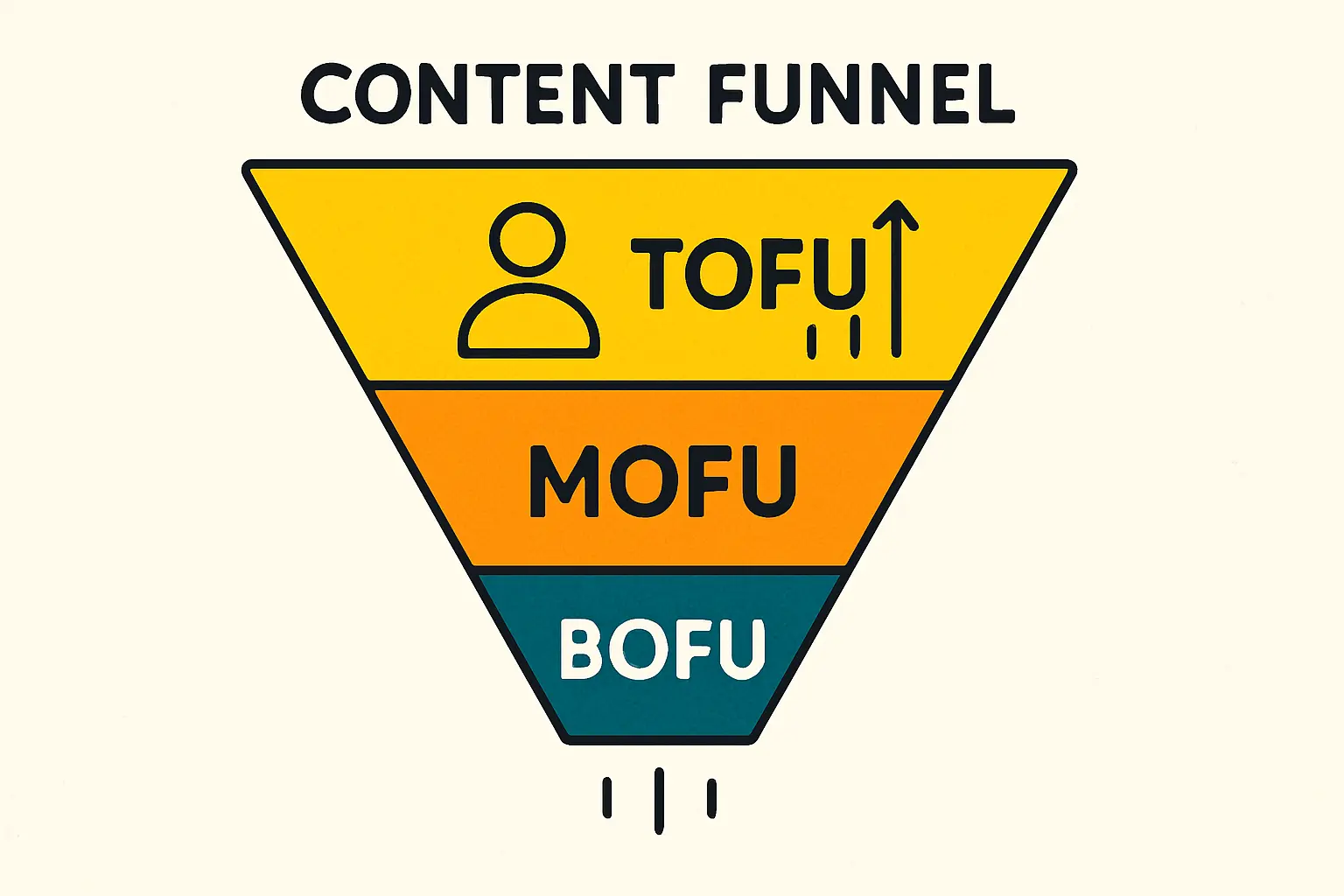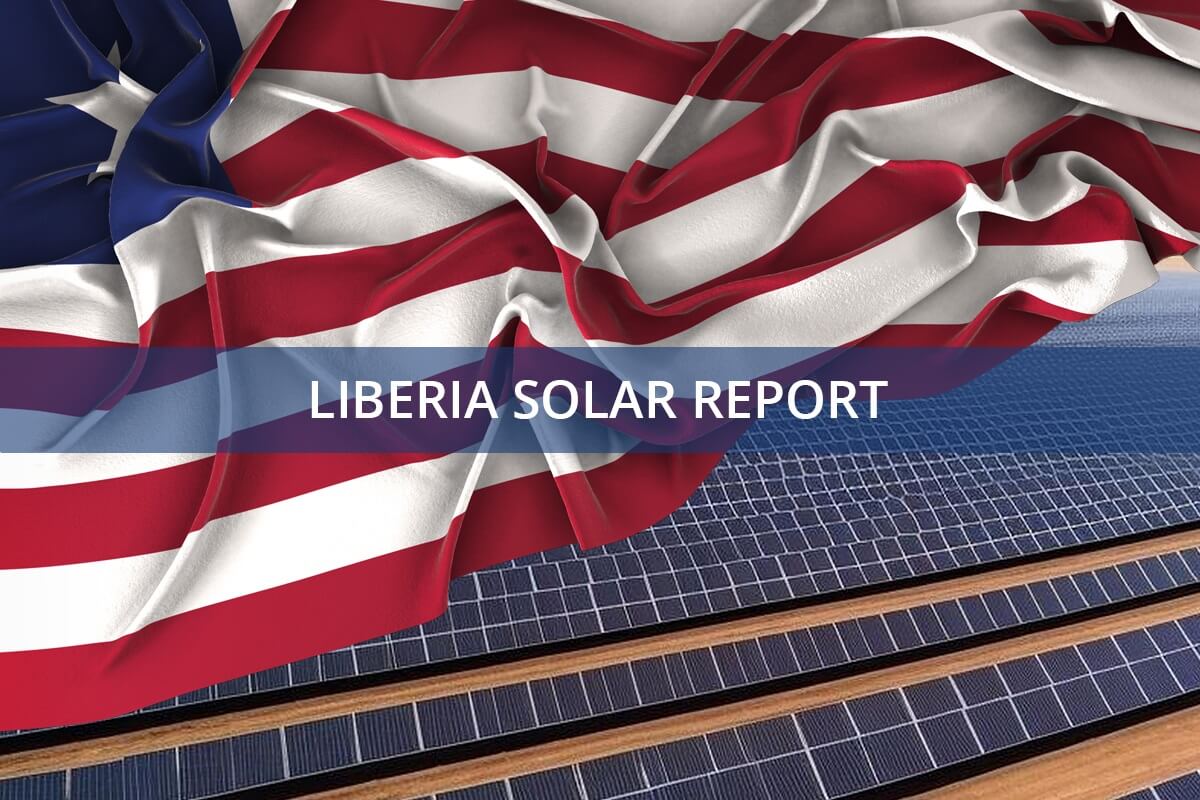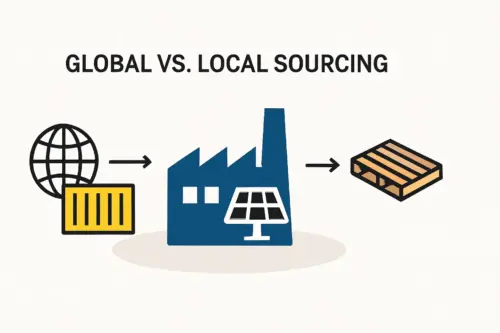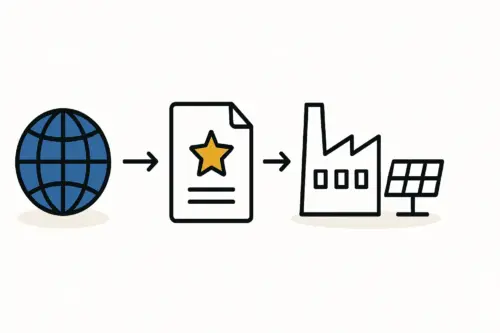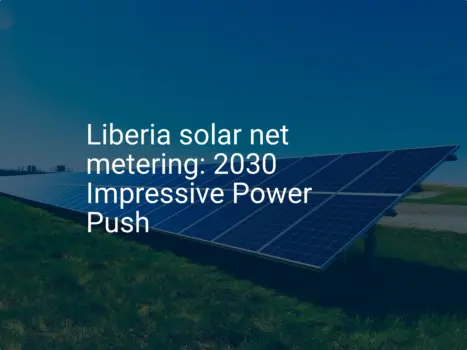An entrepreneur considering an investment in Liberia’s growing solar market often focuses on the technical aspects—the machinery, the factory layout, the panel specifications. Experience from numerous emerging market projects, however, shows that the most critical challenges are often financial, not technical.
A prospective investor articulated a common concern: “The opportunity in Liberia is clear, but my main concern is not the technology. It’s the financial side. How do I model my returns accurately when the local currency is unstable and I need to pay back my foreign loans in dollars?”
This question gets to the heart of a fundamental reality for any foreign investor in Liberia. The success of a solar manufacturing venture depends not just on producing quality modules, but on navigating the country’s unique economic landscape. A standard financial model falls short; a robust forecast must specifically account for the dual-currency system, Liberian Dollar (LRD) volatility, and the practicalities of profit repatriation.
The Dual-Currency Challenge in Liberian Solar Projects
Liberia operates a dual-currency system where both the United States Dollar (USD) and the Liberian Dollar (LRD) are legal tender. For a solar module manufacturer, this immediately creates a financial mismatch. The majority of the initial investment, particularly capital equipment costs for the assembly line, will be denominated in a hard currency like USD or EUR.
At the same time, a significant portion of revenue from selling solar panels to local businesses, government agencies, and residential projects will likely be in LRD. This exposes the entire business to foreign exchange risk. If the LRD depreciates against the USD, the value of those local revenues shrinks when converted back to dollars to service foreign-denominated debt, pay for imported raw materials, or repatriate profits.
This risk is not theoretical. The LRD has experienced significant depreciation against the USD in recent years, a trend that must be factored into any long-term financial projection.
This volatility means a financial model that ignores currency risk is dangerously incomplete. It might project profitability in LRD terms while masking an inability to meet USD obligations—a critical oversight for any serious investor.
Structuring a Financial Model for Currency Volatility
To address this challenge, a financial model must be structured to handle multiple currencies directly. This means moving beyond a single-sheet projection and building a more sophisticated, multi-layered model.
Key Structural Elements:
-
Separate Currency Schedules: The model should have distinct schedules for income and expenses in LRD and USD. For example, local staff salaries and marketing expenses would be on the LRD schedule, while imported polysilicon and machinery loan repayments would be on the USD schedule.
Ready to make big Profits?
The solar Industry is Booming
WE HELP NEWCOMERS to the solar industry start their own solar module production line. Customers can make BIG PROFITS by selling modules and finding investors, without wasting money and time on things they don't need!
-
Exchange Rate Forecasting: A dedicated section of the model must forecast the LRD/USD exchange rate. Rather than relying on a single, static rate, the prudent approach is to create several scenarios (e.g., base case, optimistic, pessimistic) based on historical data, Central Bank of Liberia statements, and projections from international bodies like the International Monetary Fund (IMF).
-
The Conversion Layer: The model must include a clear mechanism for converting LRD cash flows into USD. This mechanism, the core of the risk analysis, accurately assesses the project’s ability to cover its hard currency obligations.
-
Sensitivity Analysis: This structure enables critical sensitivity analyses. An investor must be able to answer questions such as: “What is the impact on my net profit if the LRD depreciates by 15% more than projected?” or “At what exchange rate does the project become unable to service its debt?”
This approach turns the financial model from a simple forecast into a dynamic risk management tool.
The initial financial model would show:
-
CAPEX (USD): Investment in stringers, laminators, and testing equipment, all priced and paid for in USD.
-
Revenue (LRD): Sales of solar modules to local construction companies, factories, and agricultural businesses, with pricing and payments primarily in LRD.
-
The Mismatch: The model immediately reveals the currency risk. To address it, the entrepreneur builds a dual-currency forecast.
The enhanced model reveals that with a 20% annual depreciation of the LRD, the project’s profitability in USD terms falls by nearly 15%, even if local sales volumes remain strong. Armed with this information, the investor can adjust the business strategy—perhaps by negotiating longer-term supply contracts with partial USD pricing or by securing a portion of the initial financing in LRD to create a natural hedge.
This is the level of detailed planning required to create a bankable and resilient solar panel manufacturing business.
Frequently Asked Questions (FAQ)
What is the best way to forecast the LRD/USD exchange rate?
A conservative approach is best. Combine historical data analysis with forward-looking projections from institutions like the IMF and the Central Bank of Liberia. It is crucial to build multiple scenarios (base, best, and worst-case) into your financial model to understand the full range of potential outcomes.
Can I price my solar panels in USD within Liberia?
While some large business-to-business transactions can be denominated in USD, a significant portion of the market, especially for smaller to mid-sized projects, operates in LRD. Relying solely on USD pricing may limit your market access and competitiveness. A hybrid approach is often most effective.
Are there any currency hedging instruments available in Liberia?
The market for sophisticated financial hedging products like currency forwards or options is not well-developed in Liberia. This means the primary strategies for managing currency risk are structural rather than financial, including careful cash flow management, strategic pricing, and the design of the financial model itself.
How does this financial complexity affect the overall business plan?
It elevates financial planning from a simple forecasting exercise to a core component of strategic risk management. A business plan that demonstrates a deep understanding of these local financial nuances is far more credible and bankable to potential lenders and partners.
From Financial Model to Bankable Project
The opportunity for solar energy in Liberia is significant, driven by clear market needs. But converting this opportunity into a successful and profitable manufacturing venture requires a sophisticated approach to financial planning.
Incorporating dual-currency schedules, realistic exchange rate scenarios, and a practical strategy for profit repatriation allows an investor to move beyond a basic forecast. This creates a robust, bankable financial model that functions as a critical tool for managing risk and making informed strategic decisions. For entrepreneurs entering this market, focusing on these financial structures is as important as selecting the right technology.

